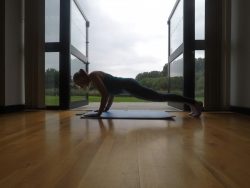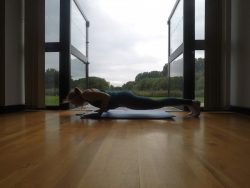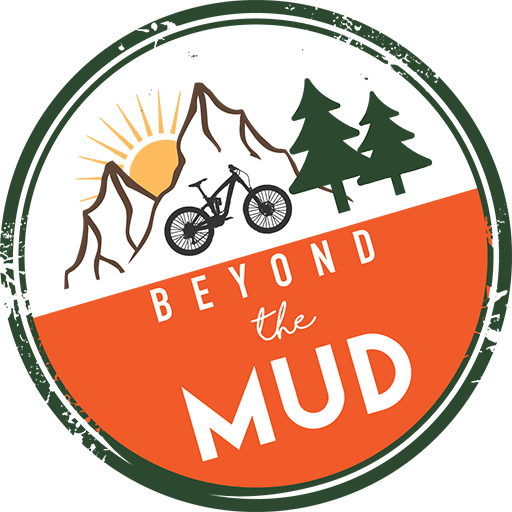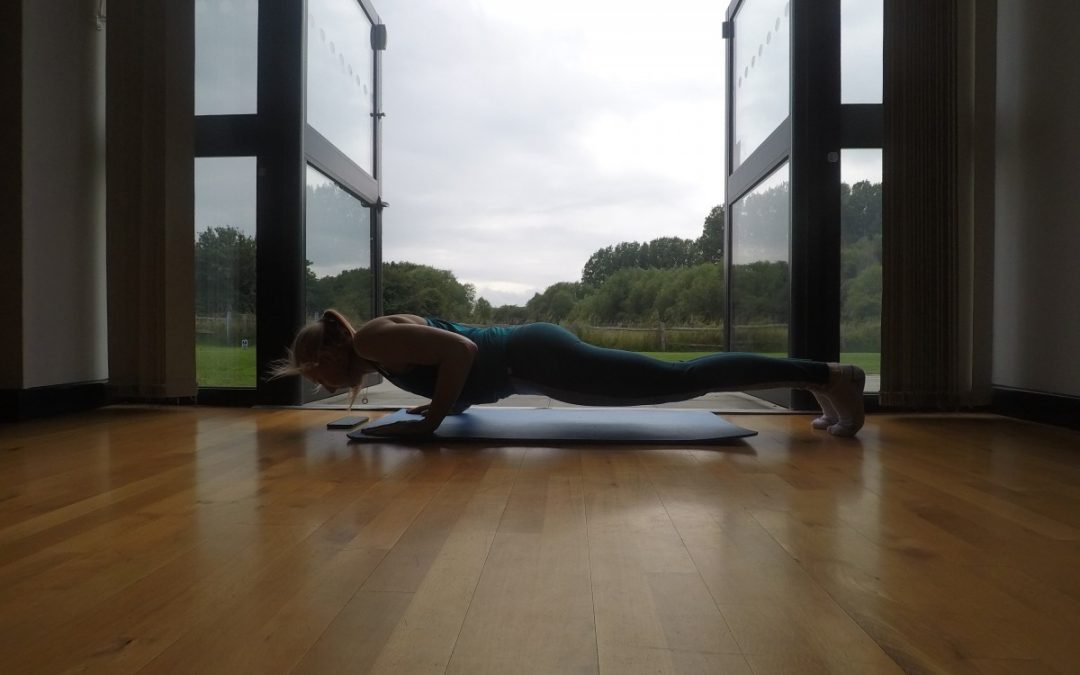“During the past three years, researchers from Napier University have been conducting a massive research project with Enduro World Series participants collecting information about mountain bike injuries, and more importantly how to prevent them. “The survey was carried out by Sports Scientist Dr Debbie Palmer of Edinburgh Napier University and covers the full breadth of participation, from our recreational rider base right through to the upper echelons of elite athletes.”
The report comprises of two separate pieces of research. The first questioned 2,000 EWS-racing athletes, from 46 countries, across 10 EWS races, recording how, when, and where they were injured. Highlights include the most frequently occurring injuries and those injuries that resulted in the most days spent off the bike recovering.
The findings are rather fascinating which low concussion rates and more injuries during the 2016 XC mountain bike race in RIO in 2016 than in the Enduro World Series events!
It doesn’t come as a surprise that shoulder and clavicular injuries are the most common. These injuries typically involve a long recovery – 25 days on average.
So, how can enduro rider’s improve their strength around their shoulders to decrease this injury risk.
(Picture thanks to EWS report)
What makes up your shoulder?
The shoulder is an extremely complex joint made up of three bones: the clavicle (collarbone), the scapula (shoulder blade), and the humerus (upper arm) as well as the associated muscles, ligaments and tendons.
The humerus loosely attaches to the scapula in a ball and socket joint that allows the arm to rotate in a circular manner or to hinge up and away from the body. The joint must be mobile enough to do a wide range of dynamic movements (like throwing), but also stable enough to lift heavy objects and push and pull. This compromise between mobility and stability means the muscles need to be strong and stable to protect this joint.
The major muscles involved with movement of the shoulder are the four rotator cuff muscles and the deltoid. These muscles allow the upper arm to rotate in and out, move forward, out to the side, and behind the back. Tendons are the bands of fibrous connective tissue that attach these muscles to the humerus.
Here are our top 5 shoulder stability exercises to help you combat those injuries.
- Rotator Cuff External Rotation with Band
- Palms facing up hold the band out in front of you
- Keep your elbows tucked in
- Forearms parallel to the ground
- Breath in, on the exhale open the band to the side
- Hold for the inhale
- Exhale bring arms back to the centre
- Repeat 5 times
- To increase strength add in pulses once the band is opened to the side

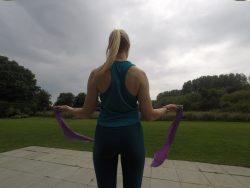
- High to Low Row
- Attach a resistance band to something sturdy at or above shoulder height. Be sure it is secure so it doesn’t come lose when you pull on it
- Get down on one knee so the knee opposite the outstretched arm is raised. Your body and lowered knee should be aligned. Rest your other hand on your raised knee
- Holding the band securely with your arm outstretched, pull your elbow toward your body. Keep your back straight and squeeze your shoulder blades together and down as you pull. Your body should not move or twist with your arm, engage your core muscles to stop this from happening
- Return to start and repeat 3 sets of 10
- Reverse Fly
- Stand with your feet shoulder-width apart and your knees slightly bent. Keep your back straight and bend forward slightly at the waist
- With a light weight (bean cans of full water bottles will do) in each hand, extend your arms and raise them away from your body.
- Do not lock your elbow. Squeeze your shoulder blades together as you do so.
- Do not raise your arms above shoulder height
- Return to start and repeat 3 sets of 10

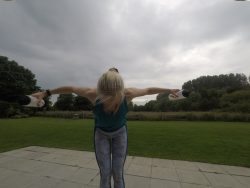
4. Press Up (Bi-cep)
-
- Start standing, bend your knees and put your hands on the floor so they are under your shoulders
- Lift your knees off the floor so you are in a sloping position, don’t stick your bum in the air or let your hips drop (keep your knees on the floor for a modified box press up)
- Hands facing forward slowly lower your nose towards the floor, elbows moving outwards
- Engage your core, (pull your belly button towards your spine) to help protect your lower back
- Inhale at the bottom, exhale and push yourself back up into the sloping position
5. Press Up (tri-cep)
-
- Start standing, bend your knees and put your hands on the floor so they are under your shoulders
- Lift your knees off the floor so you are in a sloping position, don’t stick your bum in the air or let your hips drop (keep your knees on the floor for a modified box press up)
- Hands facing forward slowly lower your nose towards the floor, elbows moving towards your hips, arms grazing the side of your body
- Engage your core, (pull your belly button towards your spine) to help protect your lower back
- Inhale at the bottom, exhale and push yourself back up into the sloping position

